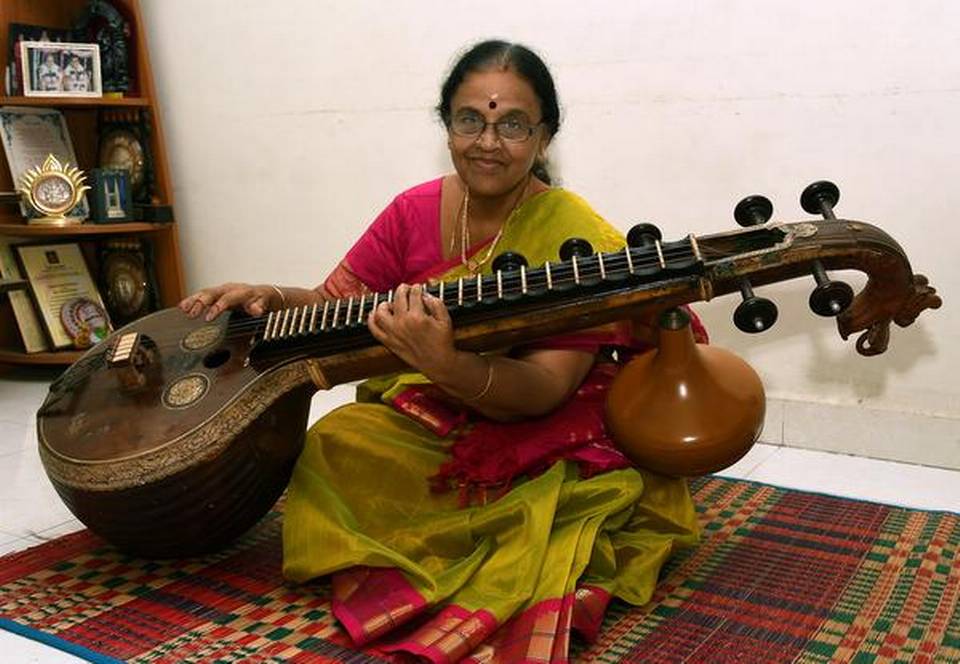
S. Ramakrishnan’s work captures the struggles of nagaswaram players in the State’s arid belt
Tamil writer, traveller, essayist and scriptwriter S. Ramakrishnan has won the Sahitya Akademi Award for 2018 for his novel Sancharam, which poignantly captures the lives of nagaswaram players in karisal bhoomi – the arid land – of Tamil Nadu.
The novel places their music and struggle for a livelihood in the context of the decline of agriculture.
“While the prize comes as recognition for a person who opted for a career in writing, it also sheds light on the lives of the nagaswaram players,” said Mr. Ramakrishnan, who dropped his doctoral thesis on William Faulkner to become a full-time writer.
“It was a conscious decision. I could have ended up as a college teacher if I had completed my research. Today I am a well-known writer, but my family stood by me during difficulties and I could not have pursued a writing career without their support,” he said.
Sancharam talks about the shattered dreams of nagaswaram player Pakkiri, who wants to scale the heights of music after learning about great musicians and their music from his father.
Karukurichi P. Arunachalam, one of the greatest nagaswaram players, was born in this land and his friend and writer Ku. Alagirisamy had written a memoir—Arunguna Selvan—about him.
Arunachalam started his career in naiyandi melam—a folk form of nagaswaram music—but his talent was spotted by T.N. Rajarathinam Pillai, who agreed to take him on as a disciple.
The association opened new vistas in the world of Carnatic music. He continues to remain a role model for nagaswaram players in south Tamil Nadu. In the novel, Pakkiri and his senior in the troupe, Rathinam, have to be content with concerts at marriages and temple festivals. They play classical concerts as well as naiyandi melam as they no longer harbour any illusions about the lofty ideals they dreamt of while learning the art.
“It is only a source of survival,” Mr. Ramakrishnan had told The Hindu before the release of the novel in 2014.
Connection with films
Mr. Ramakrishnan has worked as scriptwriter in Baba, the Rajinikanth- starrer, in Sandaikozhi with Vishal as hero, Dhaam Dhoom and Unnaley Unnaley. A film buff, his non-fiction work is equally popular and posts on his website www.sramakrishnan.com indicate his versatility. He is also a good orator.
Writer Jayamohan said Mr. Ramakrishnan made his entry as a realistic writer who later embraced magic realism before returning to realism. Thavarangalin Uraiyadal is the short story that identified him as a writer of magic realism.
“Though he dealt with the people and landscape portrayed by pioneers like Ki. Rajanarayanan and Poomani, he brought into his writing myth and archetype and established them as part of a long tradition,” Mr. Jayamohan said.
MDMK general secretary Vaiko, who organised a felicitation for Mr. Ramakrishnan in Chennai, said all his works should be translated into English.
source: http://www.thehindu.com / The Hindu / Home> News> Cities> Chennai / by B. Kolappan / Chennai – December 06th, 2018




